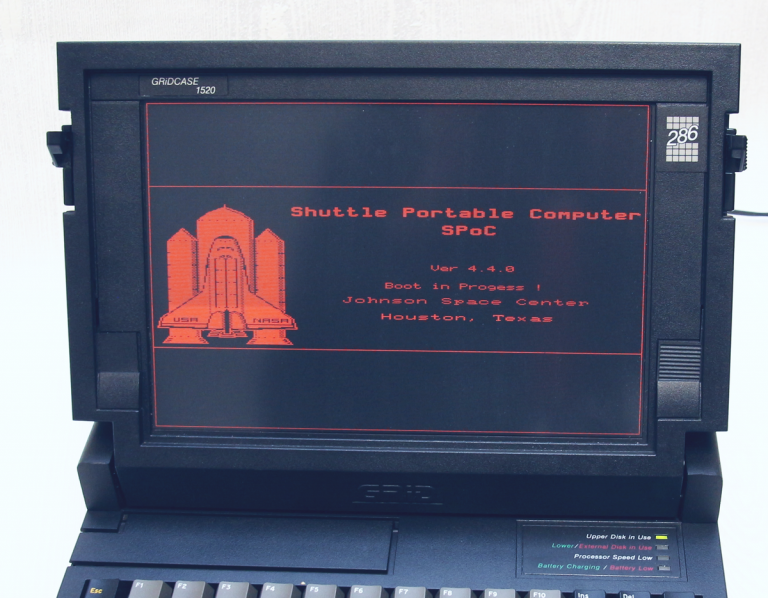The mysteries of the black holes that dominate vast regions of space

In the beginning, the universe consisted of primordial gas. Somehow, some of it fell into supermassive black holes (SMBHs) — giant singularities at the center of galaxies. The details of how this happened, and how SMBHs accumulate mass, are among the biggest questions in astrophysics.
Black hole science took a big step forward in 2019 when the Event Horizon Telescope captured the first image of a black hole. This SMBH was located in Messier 87, a supergiant elliptical galaxy more than 50 million light-years from Earth. As exciting as this achievement was, it didn’t answer our long-standing questions about how these objects become so massive.
Scientists know that the growth of SMBHs is determined by two main processes: They absorb cold gas from their host galaxy and merge during galaxy collisions.
But there are some puzzling unanswered questions. One concerns their origin. We see SMBHs accreting matter, but the rate at which they gain mass cannot explain their size. Some are billions of times more massive than the Sun. Did SMBHs experience some kind of growth spurt early in the Universe?
What about intermediate-mass black holes? Are these elusive objects that may reside at the center of globular clusters stepping stones to SMBHs?
Black hole jets are also mysterious. These jets are extremely powerful and accelerate matter to extreme speeds. Astrophysicists understand the basics of how SMBHs create these jets. But these jets can reach relativistic speeds, and how they do this is still unclear.
Because SMBHs are so difficult to observe in detail, scientists rely on theories to explain them. Over time, they try to improve their theories. But sometimes, as our observational power increases, our theories don't match the observations. This is true of the accretion disks around SMBHs. Although these disks are supposed to be flat, like pancakes, observations show that they are plump.
This is where modeling comes to the rescue.
Detailed modeling is one of the best tools astrophysicists have for understanding SMBHs. A new study published in The Open Journal of Astrophysics uses modeling to study accretion disks around SMBHs. These disks are reservoirs of gas that fuel the growth of SMBHs. The study is calledFORGE'd in FIRE: Resolving the End of Star Formation and Structure of AGN Accretion Disks from Cosmological Initial Conditions“The lead author is Philip Hopkins, a professor of theoretical astrophysics at the California Institute of Technology.
“Our new simulations are the culmination of several years of work from two major collaborations that began here at Caltech,” lead author Hopkins said in a press release.
Hopkins is talking about FIRE (Feedback in Realistic Environments) and STARFORGE (Star Formation in Gaseous Environments). STARFORGE is a small-scale simulator that focuses on how individual stars form in clouds of gas called molecular clouds. FIRE focuses on galaxy formation, including things like black hole feedback and quenching.
FIRE and STARFORGE are at opposite ends of the scale, and the new work fills the gap between them.
“But there was a big gap between them,” Hopkins explains. “Now, for the first time, we've bridged that gap.”
“Recently, it has become possible to scale up galaxy simulations from cosmological to sub-pc scales to track accretion onto supermassive black holes (SMBHs),” the authors write in their study. “However, at some point, the approximations used at ISM scales (e.g., optically thin cooling and stellar population-integrated star formation and feedback) break down.”
The physics that drives small-scale accretion is different from the physics that drives large-scale accretion. “It is not yet clear at all what happens in reality when different physics, each relevant at its own scale, intersect,” the researchers write.
Large-scale models are based on things like the collective effects of entire stellar populations and initial mass function. Small-scale simulations focus on things like the formation of individual protostars and stellar winds from individual stars. On even smaller scales, simulations focus on specific aspects of accretion disks around SMBHs.

“As a result, until now there have been no simulations that could capture all three of these regimes simultaneously and in concert with each other,” Hopkins and his co-authors explain.
Bridging this gap was no easy task. Hopkins and his colleagues needed a much higher-resolution simulation. The resolution had to be more than 1,000 times higher than the previous best simulator.
“This allows us to cover scales from ~100 Mpc to <100 au (~300 Schwarzschild radii) around the SMBH while it accretes as a bright quasar in a single simulation," the researchers explain in their paper.
Their simulations yielded a surprise: They showed that magnetic forces play a more significant role in SMBH accretion disks than previously thought.
According to theory, rotating accretion disks around SMBHs should be flat, like pancakes. This is explained by the conservation of angular momentum and viscous forces in the disk that distribute momentum, keeping the disk flat. But our theories do not agree with observations.
“Our theories predicted that the disks would be flat, like pancakes,” Hopkins says. “But we knew that wasn’t the case because astronomical observations showed that the disks were actually fluffy, more like a pie. Our modeling helped us see that the magnetic fields were pushing up the disk material, making it fluffier.”
Supermassive black holes have different levels of activity. When they are actively accreting large amounts of material, they are extremely luminous, emitting light across the entire electromagnetic spectrum. In this case, they are called quasars, and their light output can exceed the combined output of an entire galaxy the size of the Milky Way.
Quasars are incredibly powerful, and astrophysicists are eager to understand how the disks around these SMBHs work. The researchers used simulations to do something called “super-zooming.” For this to work at different scales, the simulations must include all sorts of formulas that govern everything from simple gravity to dark matter. All of these things must be calculated in parallel, and they influence each other.
“If you just say gravity pulls everything down and eventually the gas forms a star and stars just grow, you’re going to get a wild mistake,” Hopkins explains. Stars are complicated. They have stellar winds. They can heat nearby gas. Some are small and dim and last for trillions of years. Some are massive and hot and explode as supernovas at the end of their short lives. Nature is incredibly complex, as most people interested in astronomy understand.
Building a simulation that can capture all the details at different scales is an extremely challenging task.
“There were a few codes that contained the physics needed to solve the small-scale part of the problem, and a few codes that contained the physics needed to solve the larger, cosmological part of the problem, but there was nothing that contained both,” Hopkins says.
The team's work resulted in a simulation of a SMBH in the early universe with a mass of ten million solar masses. It zooms in as a giant stream of star-forming gas is torn away from its cloud into an accretion disk orbiting the black hole. The zoom continues as the gas is pulled closer to the hole.
“In our simulation, we see this accretion disk forming around the black hole,” Hopkins says. “We would be very happy if we only saw this accretion disk, but what’s surprising is that the simulated disk looks very different from what we’ve thought for decades.”
Black hole theory developed in the 1970s shows that thermal pressure is the dominant force in the accretion disks of supermassive black holes. According to these theories, thermal pressure prevents the disks from collapsing under the extreme gravity exerted by the SMBH. Magnetic fields played a lesser role.
But these simulations show the opposite. They show that the magnetic pressure on the disk is about 10,000 times stronger than the thermal pressure of the gas.
“So the disks are almost entirely controlled by magnetic fields,” Hopkins says. “The magnetic fields serve many functions, one of which is to support the disks and make the material plumper.”
This result changes a lot.
“We show that magnetic fields are critical for a wide range of effects at subcompact scales in the accretion disk, ranging from maintaining effective torques and high inflow velocities, explaining the height and vertical profiles of the disk structure, the outer size/boundary of the accretion disk, and perhaps most importantly, suppressing star formation at subcompact scales,” the authors write.
“A disk can still form without a magnetic field, but the situation is radically different. The disk will be a magnitude or more smaller than a disk with a field. The accretion rate onto the disk can be more than 100 times slower, and the disk itself can fragment and form stars.”
This is just the beginning of the modeling. They intend to publish two more papers in the series. In these papers, they will focus on finer details, such as star formation and the initial mass function in the inner region around the accretion disks of quasars.





